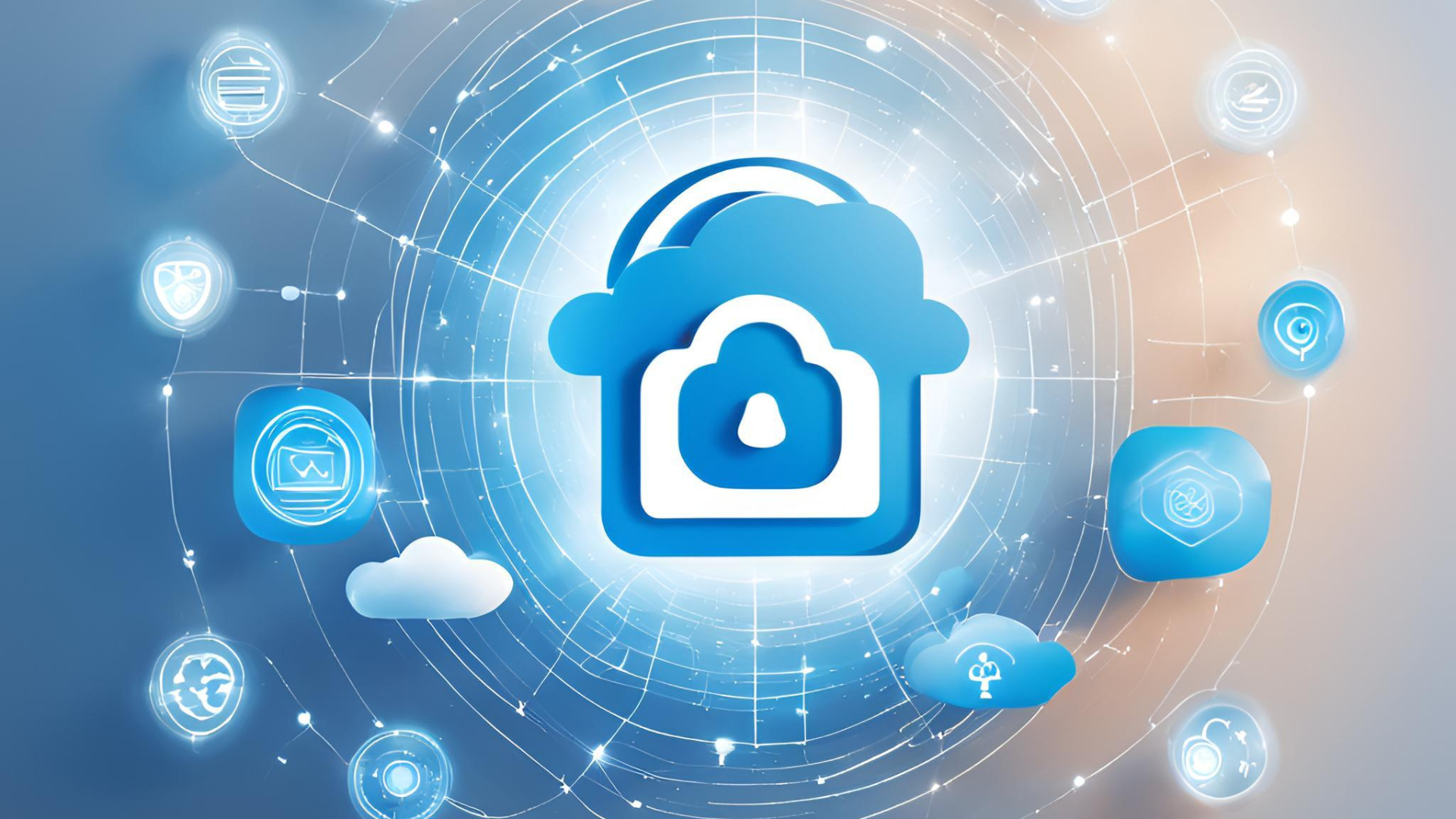
por Rebeca | Feb 25, 2025 | Ciberseguridad, iam, Soffid
La adopción de la nube sigue creciendo, proporcionando a las organizaciones mayor flexibilidad, escalabilidad y eficiencia operativa. Sin embargo, a medida que las empresas expanden sus entornos multi-nube e híbridos, los desafíos en la gestión de identidades y la seguridad aumentan exponencialmente. Garantizar accesos fluidos sin comprometer la seguridad y el cumplimiento normativo se ha convertido en una prioridad.
La identidad es la base de la seguridad en un mundo cloud-first. Nuestra experiencia y compromiso nos permiten ofrecer soluciones sencillas, seguras y prácticas para convertir la gestión de identidades en una ventaja estratégica, no en una barrera. Con Soffid IAM simplificamos la gobernanza, reforzamos la seguridad y proporcionamos a las organizaciones la flexibilidad necesaria para escalar con confianza.
La seguridad de identidades en la nube requiere una estrategia unificada e inteligente que elimine la fragmentación, automatice la gobernanza y aplique políticas de seguridad sin afectar la operativa empresarial. Soffid IAM permite a las empresas tener un control total de su ecosistema de identidades en la nube, garantizando que cada acceso sea tan seguro como eficiente.
El enfoque más inteligente para la seguridad de identidades en la nube
- Gestión centralizada de identidades en entornos on-premise, cloud e híbridos, garantizando una administración coherente y sin puntos ciegos.
- Accesos privilegiados protegidos con Privileged Access Management (PAM), reduciendo riesgos en infraestructuras multi-nube.
- Integraciones sin fricciones con AWS, Azure, Google Cloud y aplicaciones empresariales mediante conectores preconfigurados.
- Zero Trust aplicado con principios de menor privilegio, autenticación continua y medidas de seguridad adaptativas para prevenir accesos no autorizados.
- Cumplimiento normativo simplificado, alineado con regulaciones como GDPR, NIS2 e ISO 27001 mediante auditorías automatizadas y monitoreo continuo.
Preparando la seguridad de identidades para el futuro
La seguridad debe impulsar la transformación digital, no ralentizarla. Las soluciones IAM tradicionales tienen dificultades para satisfacer las necesidades de las empresas cloud-first, lo que genera ineficiencias y brechas de seguridad.
En Soffid IAM, simplificamos la gestión de identidades sin comprometer la seguridad ni la operativa empresarial. Nuestra misión es clara: proteger, optimizar y facilitar el crecimiento en entornos cloud-first.
Descubre cómo Soffid IAM redefine hoy la seguridad de identidades en la nube y ayuda a las empresas a escalar con confianza.
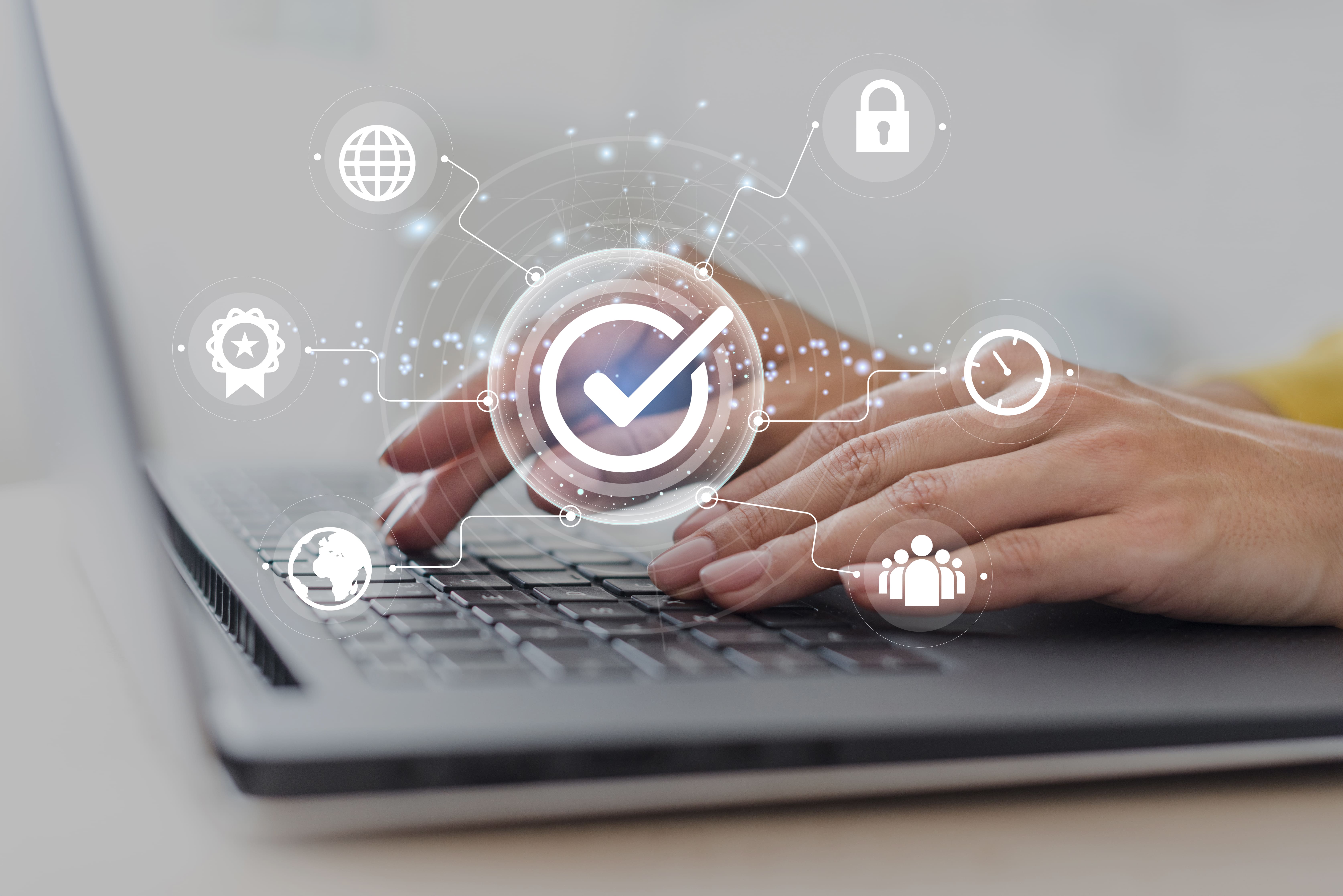
por Rebeca | May 3, 2023 | Ciberseguridad, iam, Noticias, Recursos, Soffid
Las amenazas de seguridad en la red están en constante evolución, lo que dificulta mantenerse al día con las últimas tendencias y proteger los datos sensibles de tu empresa u organización.
En el post de hoy compartimos las 7 tendencias más importantes en ciberseguridad que debes conocer.
Seguridad en la Nube
A medida que más organizaciones trasladan sus operaciones a la nube, se requiere una mayor necesidad de seguridad en este entorno. La nube ofrece muchos beneficios, pero también presenta nuevos desafíos en cuanto a la protección de los datos. Las organizaciones deben asegurarse de tener las medidas de seguridad adecuadas para proteger su información.
Ataques de Ransomware
Los ataques de ransomware han ido en aumento en los últimos años y pueden ser devastadores para las organizaciones. Este tipo de malware cifra los archivos y exige un pago de rescate a cambio de la clave de descifrado. Las organizaciones necesitan tener un plan en marcha para prevenir, detectar y responder a estos ataques.
Inteligencia Artificial y Aprendizaje Automático
La inteligencia artificial y el aprendizaje automático se están utilizando en ciberseguridad para ayudar a detectar y prevenir amenazas. Estas tecnologías pueden identificar patrones y anomalías en los datos que puedan indicar un ciberataque.
Seguridad IoT
Con cada vez más dispositivos conectados a Internet, la seguridad IoT es cada vez más importante. Las organizaciones deben asegurarse de que sus dispositivos IoT estén correctamente protegidos para prevenir ataques cibernéticos.
Gestión de Identidad y Acceso (IAM)
La gestión de identidad y acceso (IAM) se está volviendo cada vez más importante a medida que las organizaciones adoptan un entorno de trabajo híbrido. Las soluciones IAM pueden ayudar a gestionar las identidades de los usuarios y controlar el acceso a los datos sensibles.
Seguridad Zero Trust
Zero Trust es un modelo de seguridad que asume que todos los dispositivos, usuarios y aplicaciones son no confiables hasta que se demuestre lo contrario. Este enfoque puede ayudar a las organizaciones a proteger mejor sus datos de las amenazas cibernéticas.
Escasez de Profesionales de ciberseguridad
Hay una escasez de profesionales de ciberseguridad Las organizaciones deben invertir en formación y desarrollo para asegurarse de tener las habilidades y conocimientos necesarios para proteger sus datos.
Estas son las 7 tendencias principales en ciberseguridad que las organizaciones deben considerar y estar al tanto de para proteger mejor sus datos. Las empresas deben tomar medidas proactivas para prevenir ciberataques y minimizar el impacto de cualquier incidente de seguridad.
¿Hablamos?
(1) CSO USA
(2) Neal Weinberg
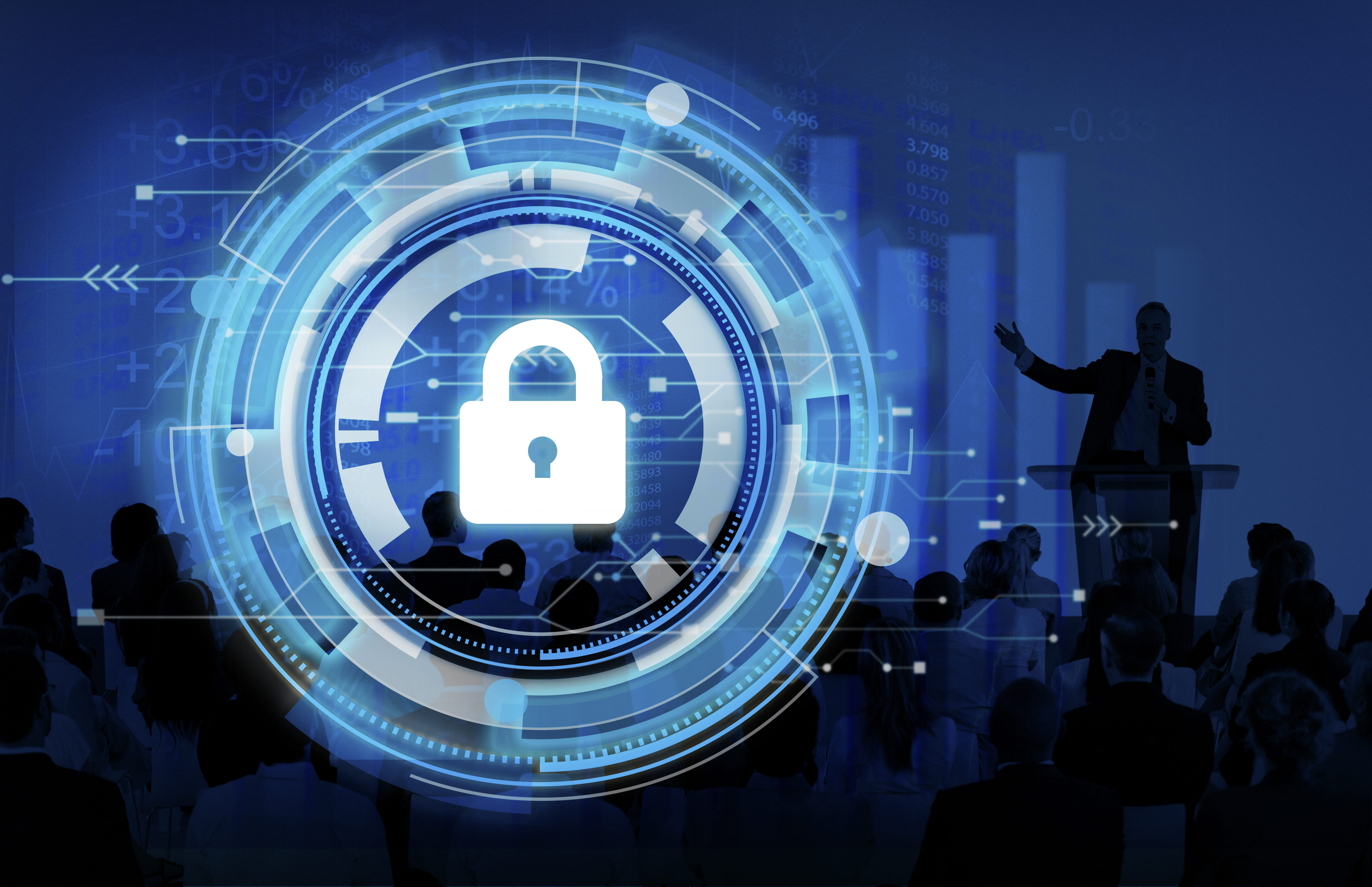
por Rebeca | Abr 19, 2023 | Sin Categoria
La ciberseguridad se ha convertido en una preocupación creciente en la era digital, y ningún sector está exento de recibir amenazas cibernéticas. En Europa, varios sectores han sido objeto de ataques cibernéticos en los últimos años, según datos proporcionados por Enisa.
En este post, desgranamos los seis principales sectores afectados por ciberamenazas en la Unión Europea el pasado año.
24% Administración pública/gobierno
Los gobiernos y la administración pública han sido objeto de numerosos ataques cibernéticos en Europa. Estos ataques pueden tener graves consecuencias, como la filtración de información confidencial, el acceso no autorizado a sistemas gubernamentales y la interrupción de servicios públicos.
13% Proveedores de servicios digitales
Con el crecimiento del comercio electrónico y la digitalización de los servicios, los proveedores de servicios digitales también han sido blanco de amenazas cibernéticas. Esto incluye a empresas que ofrecen servicios online como plataformas de comercio electrónico, redes sociales, servicios de correo electrónico, entre otras.
12% Público en general
La población también se ha visto afectada por estas amenazas, incluyendo ataques de phishing, malware y estafas online. Los ciberdelincuentes a menudo aprovechan la falta de conciencia y conocimientos en ciberseguridad de los usuarios para llevar a cabo sus ataques.
12% Servicios
El sector de servicios, que incluye una amplia gama de industrias como transporte, logística, turismo, hotelería y más, también han sufrido las consecuencias de los ciber ataques. Estos pueden tener un impacto significativo en la operatividad y la reputación de las empresas del sector.
9% Finanzas/banca
El sector financiero, que maneja una gran cantidad de datos sensibles y transacciones financieras, ha sido durante mucho tiempo un objetivo atractivo para los ciberdelincuentes. Los ataques cibernéticos en este sector pueden tener graves consecuencias financieras, así como erosionar la confianza de los clientes.
7% Salud
El sector de la salud también ha aumentado su vulnerabilidad ante las amenazas, especialmente durante la pandemia de COVID-19. Los ataques a sistemas de atención médica pueden tener consecuencias graves, como la interrupción de los servicios de atención médica, el robo de datos médicos sensibles y la exposición de la información personal de los pacientes.
La ciberseguridad es esencial en todos los sectores en la era digital. Los datos proporcionados por Enisa (agencia europea de ciberseguridad), revelan que la administración pública, los proveedores de servicios digitales, el público en general, el sector de servicios, el sector financiero y el sector de la salud son algunos de los sectores más afectados en la Unión Europea. Es crucial que empresas e instituciones inviertan en medidas de ciberseguridad adecuadas para proteger su información y activos, así como garantizar la continuidad de sus operaciones y la confianza de sus clientes y usuarios.
Ayudamos a empresas de diversos sectores a proteger su entorno y a innovar eficazmente. Vea cómo Soffid puede ayudarle a mantenerse a la vanguardia en un mundo digital que evoluciona rapidamente.
¿Hablamos?
- Noticias Parlamento Europeo

por Rebeca | Ene 18, 2023 | Ciberseguridad
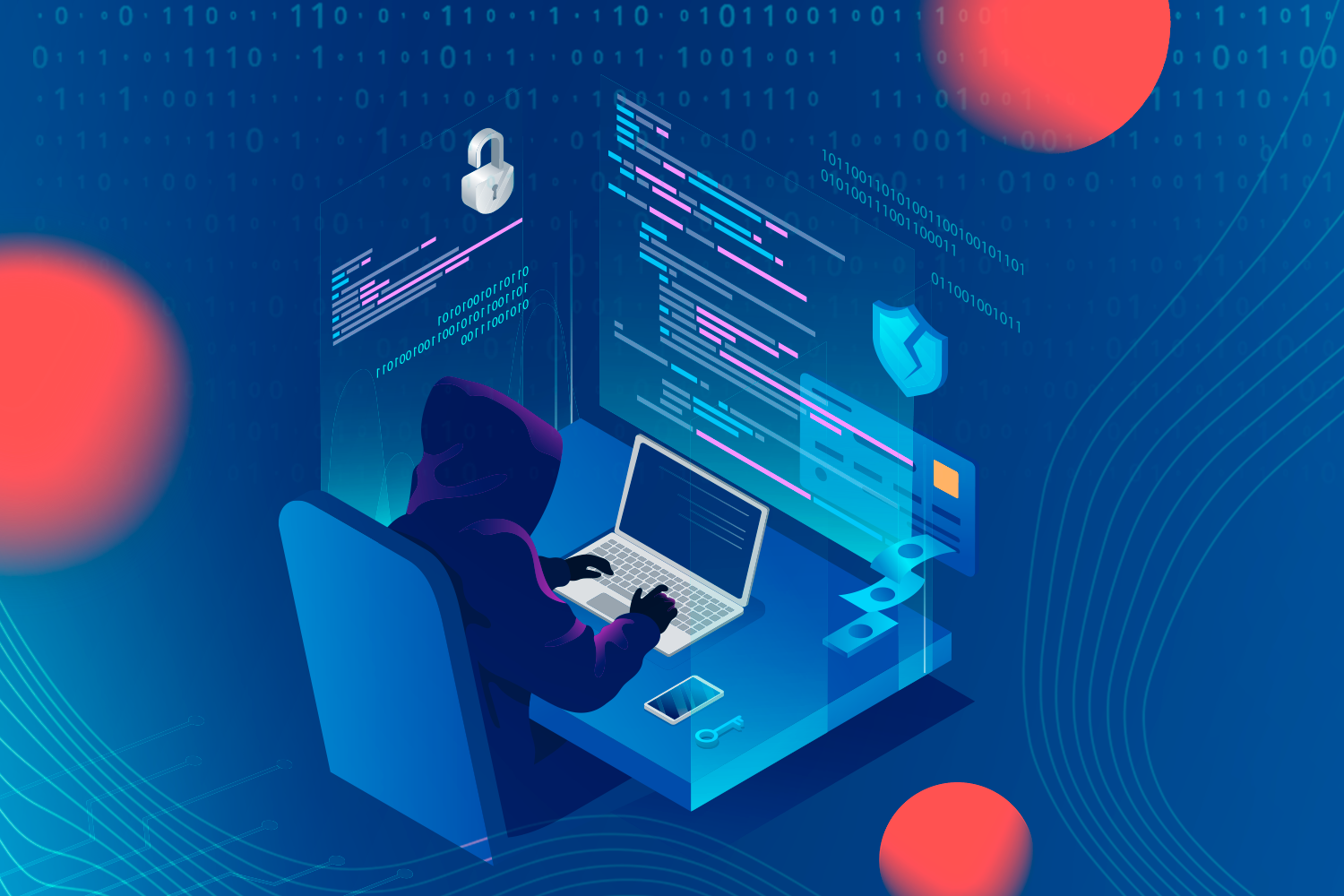
Cyber-Attacks Set To Become «Uninsurable»
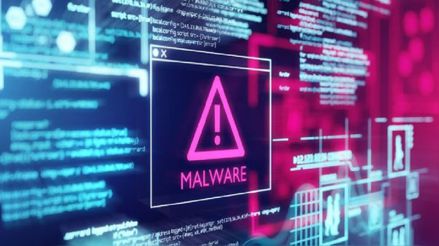
This is the stark assessment from Mario Greco, chief executive at insurer Zurich, one of Europe’s biggest insurance companies, speaking to the Financial Times.
Amid growing concern among industry executives about large-scale cyber-attacks, Greco warned that cyber-attacks, rather than natural catastrophes, will become “uninsurable”. For the second year in a row, natural catastrophe-related claims are expected to top $100bn, the FT reported.
Cyber-attacks have continued to plague multiple industries in recent years, some of whom are doing little to prevent future attacks, when they opt to pay hackers and criminal gangs (against all security professional advice) to unlock their ransomware crippled systems or call off DDoS attacks.
Zurich’s Mario Greco praised the US government’s steps to discourage ransom payments. hence “If you curb the payment of ransoms, there will be fewer attacks,” he told the Financial Times.
In September 2022, Lloyd’s of London defended a move to limit systemic risk from cyber attacks by requesting that insurance policies written in the market have an exemption for state-backed attacks. A senior Lloyd’s executive said the move was «responsible» and preferable to waiting until «after everything has gone wrong».
Identifying those responsible for an attack is challenging, making such exemptions legally fraught, and cyber experts have warned that rising prices and bigger exceptions could put off people buying any protection.
There was a limit to how much the private sector can absorb. Especially In terms of underwriting all the losses coming from cyber attacks, Greco said. He called on governments to «set up private-public schemes to handle systemic cyber risks that can’t be quantified. Following Similar to those that exist in some jurisdictions for earthquakes or terror attacks».
These are the data:
- According to Security Magazine. There are over 2200 attacks each day which breaks down to nearly 1 cyberattack every 39 seconds
- With around 2,220 cyberattacks each day, that equates to over 800,000 attacks each year.
- According to Cybint, nearly 95% of all digital breaches come from human error.
Cyber security experts share their prediction for the most impactful threat vectors and cyber risks of 2023, so when they were asked in mid-2022 by Cyber Security Hub which threat vectors posed the most dangerous threat to their organizations on 2023, 75% of cyber security professionals said social engineering and phishing.
Since the survey closed, multiple organizations such as Dropbox, Revolut, Twilio, Uber, also LastPass and Marriott International have suffered from such attacks further highlighting the importance to cyber security practitioners of staying aware of phishing threat.
Privileged account management is the IT security process of using policy-based. Software and strategies to control who can access sensitive systems and information. Basically Privileged accounts rely on credentials (passwords, keys, and secrets) to control access. By creating, storing, and managing these credentials in a secure vault. Also Privileged account management controls authorized access of a user, process, or computer to protected resources across an IT environment.
Sources:
- Silicon.co.uk
- Insuranceinsider.com
Imagen Arthur Bowers in Pixabay
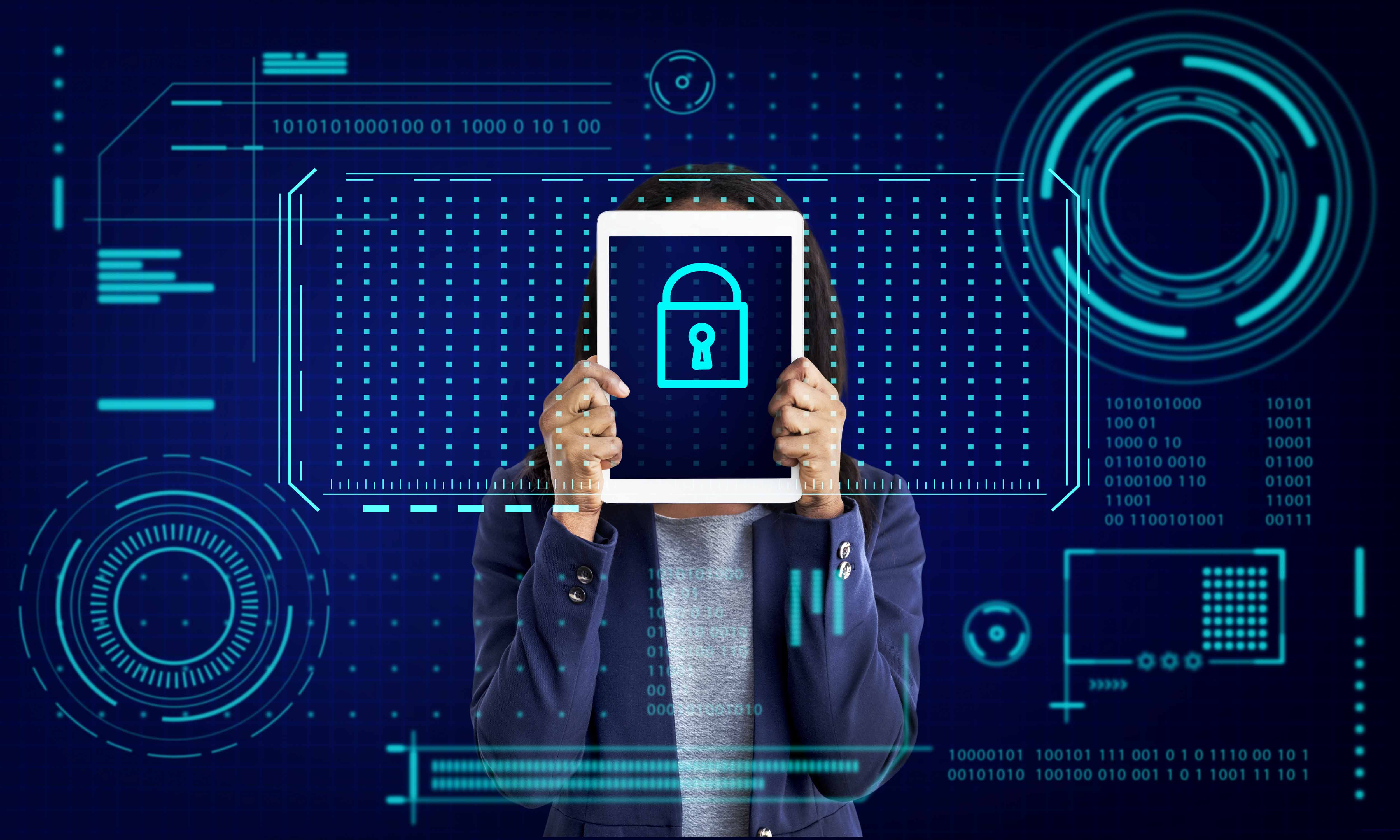
por Rebeca | Dic 1, 2021 | Ciberseguridad, Noticias, Recursos
On November 30, the International Information Security Day.
As a result of this situation the Association for Computing Machinery (DHW), decree that every November 30, all people would be reminded of the obligation and need they have to protect their data from any type of corrupt action that may occur in the digital sphere.
What is… International Information Security Day?
Currently, most of the sensitive information of companies is on the Internet, more specifically in the different clouds. Workers are the first responsible for ensuring this data and not sharing it by any other means that could put the information at risk.
This is designed to create greater awareness of computer security issues and encourage people to secure the personal information stored on their comp.
In order to join the celebration in order, here we share 7 basic tips that every Internet user should follow.
How to protect your internet security
- Manage your passwords well: It is not only about putting a difficult password in terms of length, but also that it does not have as much relation to you, or at least not as obvious a relationship as your dog’s name or your date of birth. As well as avoiding words that appear in the dictionary. The second thing is to try to vary the password in the different portals, if you want you can have 5 main ones, but not just one for everything.
- Don’t trust the public Wifi: It’s not that you can’t use it to ask questions, watch a video while waiting for the train or read news, but don’t use it in high-risk spaces, such as enter the bank’s page and even enter your social networks or email.
- Always update the software: We all find it tedious that every so often the computer or our website says that we have to update a program or plugin, but normally these updates seek to create patches in gaps that the previous version has left free and that puts our data at risk.
- Don’t download everything from anywhere: A bad habit that netizens have, is that we love the free and that’s why without thinking much we give it to download. Same with emails that have an attachment that looks interesting. First make sure that the website or sender is safe and then download the content.
- The mobile phone is also a computer: You must manage your mobile, just as you do with your PC. That is, download an antivirus and take care of the sites you enter with it.
Cyber security is no longer enough: businesses need cyber resilience
Today, we work from anywhere, on more devices, more networks, facing more risk than ever before. Widespread phishing, malware, ransomware attacks; and other frauds pose a risk not just to individuals or platforms; but to entire economies, governments, and our way of life.

Yet the way we think about securing our businesses and our data hasn’t really kept up. But these defenses are proving insufficient in the face of attacks that grow more sophisticated by the day. We need cyber resilience in addition to cyber security, celebration in order and it’s important to understand the difference.
Challenges in the use of maturity models
An assessment-focused framework based on a numerical score can lead to a box-checking culture. But cyber resilience is not about comparison, and there is no final destination.
When the National Institute of Standards and Technology (NIST) framework for improving critical infrastructure cyber security was introduced there was a national call to action. Now, society and business is at another turning point. Both public and private organizations are working in entirely new, more digital. More distributed ways, which has further opened the floodgates to cyber risk. The May 2021 Presidential Executive Order states that: “The United States faces persistent and increasingly sophisticated malicious cyber campaigns that threaten the public sector, the private sector, and ultimately the American people’s security and privacy.» It calls for a public-private partnership to make the bold changes necessary to protect hybrid cloud infrastructures.
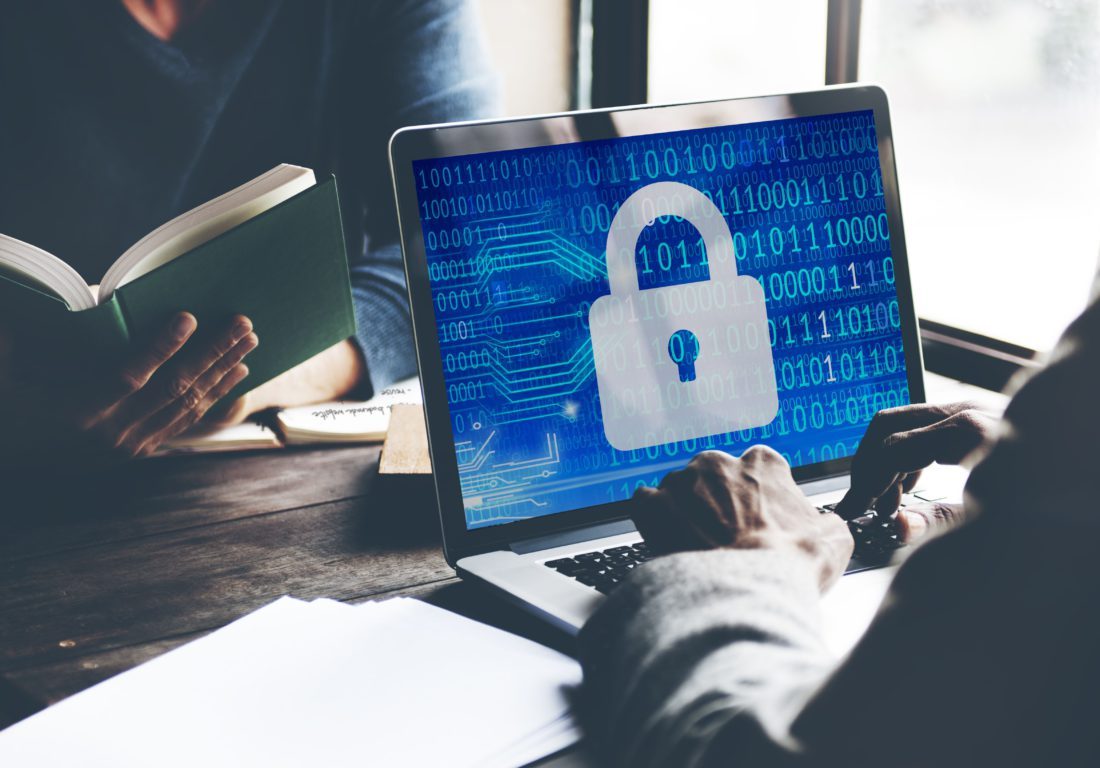
Celebration in order And like the NIST Framework, it’s important that a new. So consider this an open call: celebration can we come together to establish this framework? Can we make cyber resilience a part of business as usual? We need to work together, to make everyone stronger.
Sources:
(1) World Economic Forum
(2) Marketing Research Telecat
(3) Security Info Tech
Pictures: <a href=’https://www.freepik.es/fotos/personas’>Foto de Personas creado por rawpixel.com – www.freepik.es</a>










